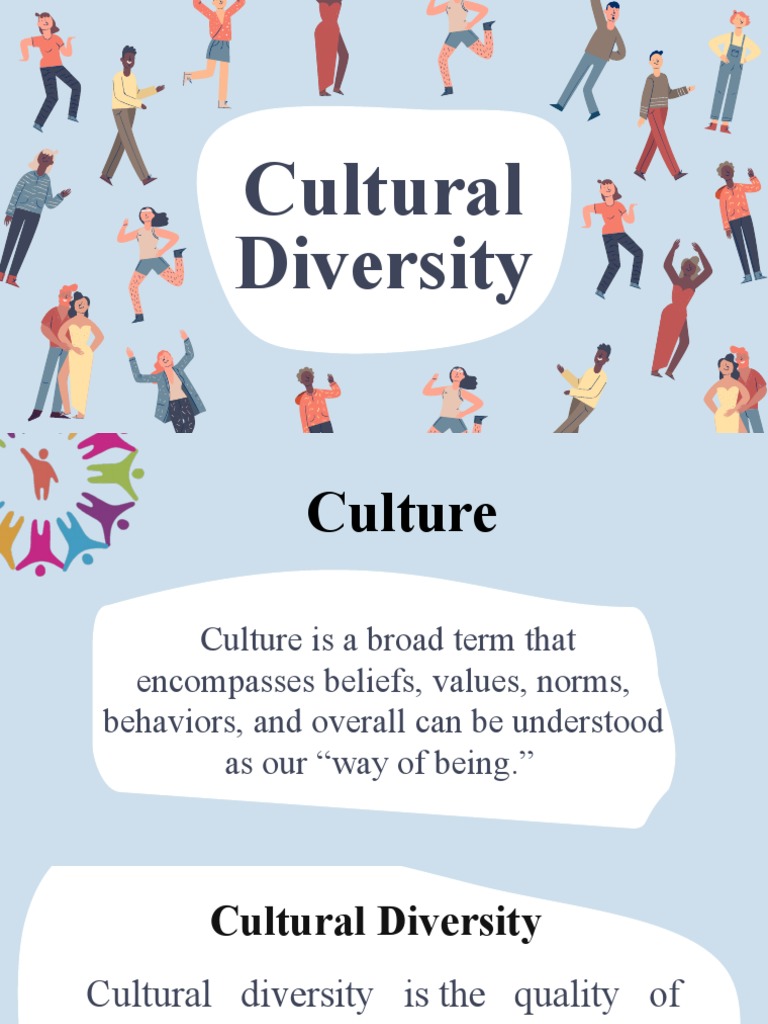Cultural awareness, akin to the intricate tapestry of human experience, weaves together a spectrum of narratives, traditions, and ideologies that shape our collective consciousness. Scholarly books on this subject serve as vital conduits, unraveling the layers of cultural complexity and enhancing our understanding of diverse global perspectives. These tomes, akin to bridges, connect disparate worlds, inviting readers into realms often shrouded in mystery or misunderstanding.
To embark on the exploration of cultural awareness through literature is to traverse a landscape dotted with profound insights. The academic works in this domain generally focus on how society influences individual viewpoints and behaviors. They dissect the multifaceted interactions of cultural norms, values, and beliefs, oftentimes addressing the subtle nuances that define human interaction.
One of the most compelling aspects of scholarly discourses on cultural awareness is their ability to act as illuminators, shedding light on shadowy prejudices that may color perceptions and attitudes. Such explorations can metaphorically be compared to turning on a flashlight in a dark room; suddenly, previously unrecognized shapes and forms become visible, allowing for a more informed and empathetic approach to cross-cultural engagement.
Various academic genres address cultural awareness, each offering distinctive lenses through which to examine humanity’s diversities. Ethnographic studies, for instance, immerse readers in the lived realities of individuals from various cultural backgrounds. Through detailed fieldwork and immersive reporting, these works draw readers into the daily lives of people, bringing to life their customs, challenges, and hopes. These narratives serve as powerful reminders of the shared fabric of existence, revealing that while cultures may differ, the fundamental human experiences often resonate in strikingly similar ways.
Moreover, theory-laden texts dive deep into the philosophical underpinnings of cultural awareness. They ponder questions of identity, power dynamics, and the socio-political frameworks that govern intercultural relationships. By exploring concepts such as cultural relativism and intersectionality, these works probe into how individuals navigate their identities within the broader societal matrix. Such academic pieces can be likened to compasses guiding the reader through the murky waters of social constructs, facilitating a more navigable journey toward understanding.
In contrast, practitioner-oriented texts often translate theoretical knowledge into actionable insights. These resources are invaluable for educators, social workers, and professionals involved in multicultural settings. They proffer methodologies for fostering inclusive environments and nurturing cultural sensitivity among diverse groups. Just as a scaffold supports a building under construction, these texts provide frameworks that help cultivate rich intercultural interactions, allowing individuals to construct meaning together, respecting their unique cultural heritages.
Included in this academic compendium are also texts that raise critical discussions around the phenomenon of globalization. The world, increasingly interconnected yet paradoxically culturally fragmented, presents a fertile ground for the examination of how cultural identities are evolving. These works chronicle the complex relationships between local traditions and global trends, reflecting the dualities inherent in our contemporary existence. They remind us that globalization can be both a gift and a burden, enabling exchanges while simultaneously threatening to homogenize unique cultural attributes.
Cultural awareness, as chronicled in scholarly books, does not merely concern the recognition of differences but extends to the profound understanding of shared humanity. This acknowledgment emphasizes the beauty of diversity, akin to a vibrant quilt bedazzled with diverse patterns and colors. Each contribution enriches the collective narrative, creating a more comprehensive and harmonious human experience. The challenge lies in resisting the overture of cultural imperialism, maintaining a commitment to uplift rather than diminish unique voices.
Another intriguing facet of cultural awareness literature is the emphasis placed on narrative as a tool for empathy. Storytelling transcends linguistic barriers, deeply resonating within the human soul. Scholarly works often utilize autobiographical accounts or oral histories to complement theories and statistics, effectively grounding abstract ideas in cellular human experience. This artistic merger offers readers not just facts but also feelings—a vital combination in fostering authentic connections across cultural divides.
The transformative potential of learning about cultural awareness extends well beyond academia. It has significant implications in fostering peace, coherence, and coexistence in an ever-diversifying world. Engaging with these scholarly texts equips individuals with the critical thinking skills necessary to navigate complex multicultural landscapes, fostering a more inclusive mindset that champions equity and justice for all.
As we reflect on the invaluable contributions of scholarly books to cultural awareness, it becomes clear that they do much more than inform—they inspire. They invite readers into a dance of discovery, challenging preconceived notions while providing avenues for new understandings. The unique appeal of these works lies in their ability to act as soliloquies of the human experience, resonating across time and space. The imperative, then, is not merely to read these texts but to internalize and enact the lessons that cultivate a world enriched by cultural profundity.
In conclusion, investing time in scholarly literature on cultural awareness is a profound undertaking that enriches the mind and soul. Each page turned is like a seed planted in the fertile soil of human understanding. It nurtures empathy, inspires action, and facilitates a deeper appreciation for the intricate tapestry that connects us all.
